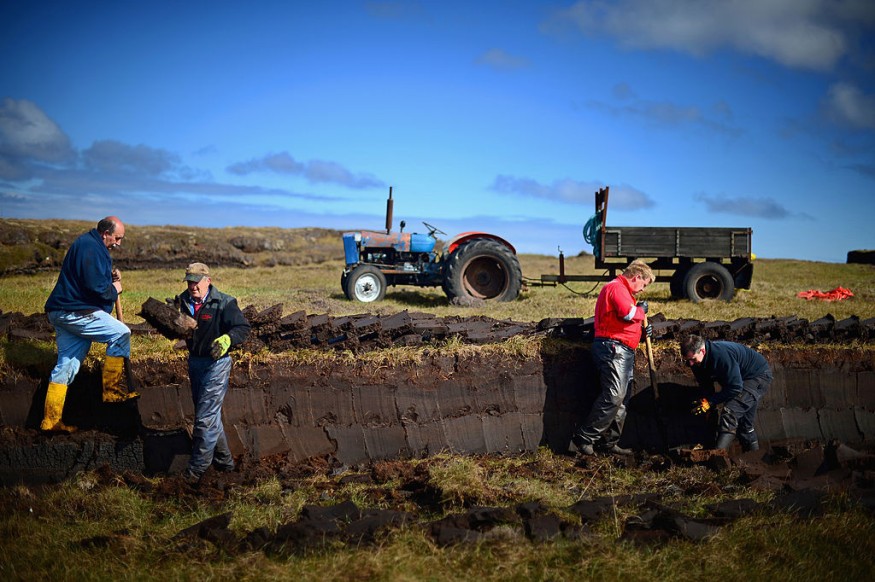
It looks like gardeners have more digging to do as government announced ban on selling peat-based compost in the UK to protect its natural environment.
In the past 10,000 years, peatlands in UK have provided a fair share of vegetative carbon sinks, helped reduce flood risks, improved water quality, and given rare species like hen harriers and sundew plants a place to live. In addition, peat deposits have been used greatly in horticultural industries, as it helps gardeners grow seeds, retain moisture and oxygen in soil beds, and patch up lawns. However, peat removal rises concern for environmentalists. Here are the three reasons why:
1. Harvesting peat bogs accelerates climate change.
In hopes to retain the helpful effects of peats on the natural world, the UK's environment minister George Eustace announced that peat bogs are no longer for sale by 2024, setting aside a budget of £50m to restore 35,000 hectares of British peatland.
Peat bogs naturally stores a third of the world's soil carbon and can store eight times as much carbon as the equivalent area of tropical rainforest. However, its exploitation releases a huge source of carbon emissions and damages wildlife. Once harvested for gardening purposes, millions of metric tons of carbon dioxide are released into the atmosphere, the greenhouse gas emitted being a major drive to global climate change.
2. Maintenance of peatlands is 'crucial' to realize net zero goal.
Researchers of Natural England targets a net-zero of greenhouse gas emissions by 2050, after a comprehensive study on British ecosystems. Researchers discovered that woodlands and peatlands provide the highest rates of carbon sequestration. The amount of carbon dioxide it can store each year is equivalent to the amount emitted from 13 plane journeys between London and Rome, and its environmental impact is comparable to removing about 350,000 cars off the road.
However, its maintenance was believed to be 'crucial' as long as people continue to harvest and remove peat bogs from their natural space to be put on composts, pots, or grow-bags. Mr. Eustice at a speech in Delamere Forest in Cheshire explained that only 13 per cent of England's peatlands are in a near-natural state due to damage and degradation, encouraging an emission of 10m tons of carbon dioxide per year.
3. Horticultural peat adds up to product's already significant carbon footprint.
After an attempt of voluntary phase out on 2010, gardening experts said the strategy was an "abject failure" and called out for a complete ban. Professor Dave Goulson of the University of Sussex told The Guardian that the horticulture industry, in general, should be included. "Unearthing this precious store of carbon is a needless ecological disaster," he noted.
Gardeners are encouraged to use peat-free composts instead as an alternative that work almost as good as peat-based products. If use of peat continues, its demand would mean another environmental problem, because having it imported from the Republic of Ireland, the Baltic States and Finland means peatbogs in those countries are degraded and air miles will be added to the product's already significant carbon footprint, the bad peat destroying the relatively good peat.
© 2025 NatureWorldNews.com All rights reserved. Do not reproduce without permission.





